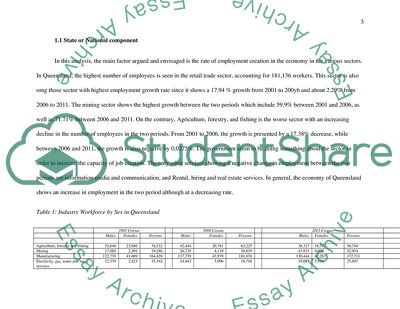Cite this document
(Shift-Share Analysis of a Local Government Area Case Study, n.d.)
Shift-Share Analysis of a Local Government Area Case Study. https://studentshare.org/geography/1825510-shift-share-analysis-of-a-local-government-area
Shift-Share Analysis of a Local Government Area Case Study. https://studentshare.org/geography/1825510-shift-share-analysis-of-a-local-government-area
(Shift-Share Analysis of a Local Government Area Case Study)
Shift-Share Analysis of a Local Government Area Case Study. https://studentshare.org/geography/1825510-shift-share-analysis-of-a-local-government-area.
Shift-Share Analysis of a Local Government Area Case Study. https://studentshare.org/geography/1825510-shift-share-analysis-of-a-local-government-area.
“Shift-Share Analysis of a Local Government Area Case Study”. https://studentshare.org/geography/1825510-shift-share-analysis-of-a-local-government-area.


